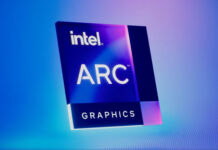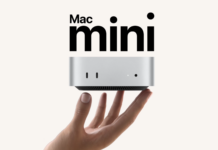Sun has, together with Luxtera, Kotura and Stanford University, received research funds of $44 million from DARPA (Defense Advanced Research Projects Agency), to overcome many of the bottlenecks found with the modern interconnects used with modern supercomputers. The research stretches over five and a half years. Both Intel and IBM are performing similar research where they use optical transmission of signals instead of the electrical kind. Optical signals are not only more power efficient and produce less heat, but are also several thousand times faster.
Communication is done over copper lanes today. These have a limited capacity, and if you want more bandwidth you have to add more lanes. This will result in more power being consumed and more heat dissipated. With the ever-shrinking size of the lanes, you can always add more of these, but there is a limit to how much you can shrink them and how many you can fit in there.
“Optical communications could be a truly game-changing technology—an elegant way to continue impressive performance gains while completely changing the economics of large-scale silicon production,” said Greg Papadopoulos, chief technology officer and executive vice president of research and development for Sun. “Congratulations to Sun Labs and Microelectronics teams for their constructive creativity and for driving innovation into the semiconductor marketplace.”
Therefore, Sun and its partners will try to build an optical construction, enabled by Silicon photonics and proximity communication, which uses laser light pulses to transmit data instead of electrons. The goal is to have an interconnect that can replace a single bus with 32 physical lane with a single optical one. The single optical “lane” will still have a higher bandwidth than the 32 physical lanes.
The ultimate goal is of course to build cheaper, more powerful and efficient supercomputers, thanks to the new chip-to-chip I/O technology and enable them to build arrays of low-cost chips in virtual macro-chips. This kind of aggregation would lead to a chip which looks and performs like a chip of enormous size, all to reduce costs while maintaining, or even improving, performance.


















